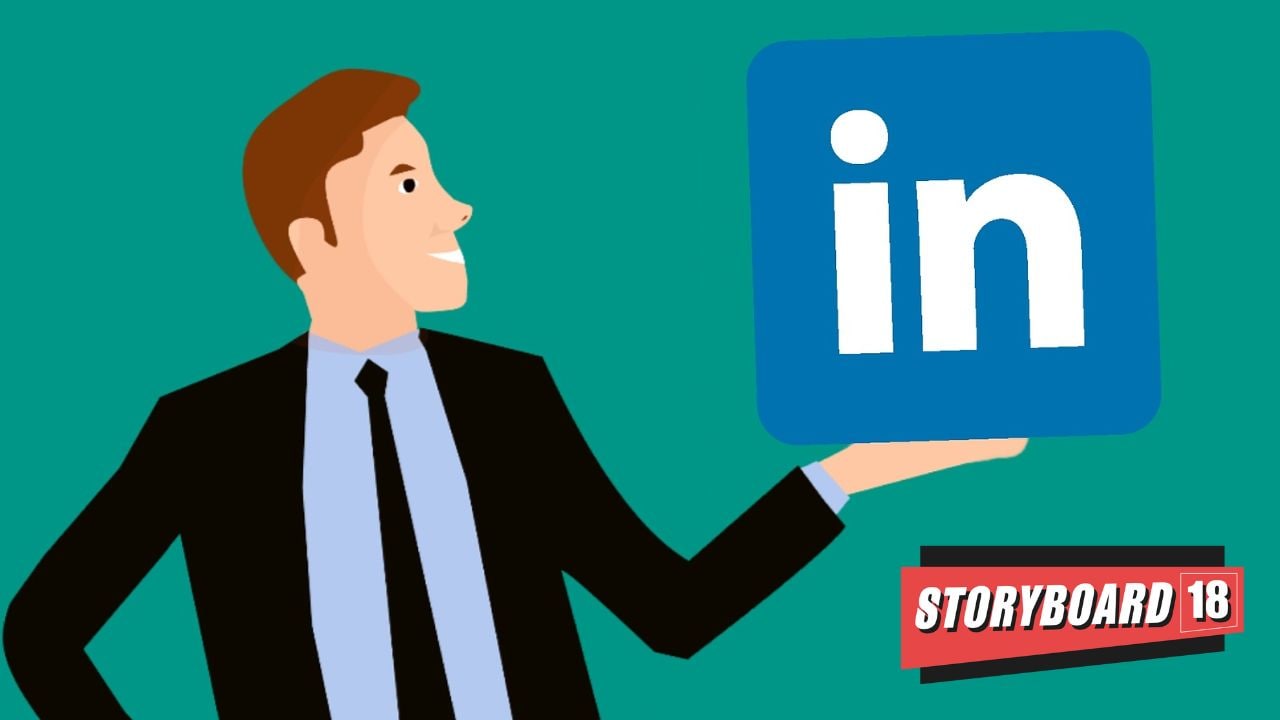In an industry once defined by handshakes over cocktails and networking in hotel lobbies, the search for creative agency partners has taken a digital turn. Increasingly, brands are taking their pitch calls public – on LinkedIn.
Earlier this year, Sneha Subramanyam, who leads brand, marketing and creative efforts at Mahima’s, a company focused on re-engineering menstrual solutions for Indian women, bypassed traditional channels. Instead, she posted an open call on LinkedIn inviting agencies to collaborate on an upcoming campaign.
She wasn’t alone. Sneha Beriwal, former Chief Marketing Officer at Vahdam India and now a fractional CMO, took to the platform seeking a social media agency for one of her FMCG clients. In February, Honasa Consumer—the parent company of Mamaearth—issued a similar call for marketing talent. By March, FMCG giant Marico announced its search for both a creative and influencer agency for its U.S. operations, also via LinkedIn.
The list extends further. KFC India and Uniqlo have both used the professional networking site to solicit agency partnerships, signaling a potential shift in how brands initiate their creative relationships.
This growing trend raises an inevitable question: Is LinkedIn becoming the new norm for agency pitches – and is that good for the industry?
A Faster, Looser Playing Field
KV Sridhar, Global Chief Creative Officer at Nihilent Limited, recalls a different era. “Many years ago, I would do this in the lobbies of Jet Airways or Kingfisher Airlines,” he said. “Today, people are short on time, and the professionals leading these decisions are younger. They’re more at ease with platforms like LinkedIn and online community groups.”
Krishna Iyer, Director of Marketing at MullenLowe Lintas Group, likens the shift to a change in game format. “If traditional agency pitching was like Test cricket – long, structured and requiring stamina – then LinkedIn pitch calls are the T20s. Fast-paced, dynamic, and open to unexpected heroes.”
But not everyone is convinced.
A Chaotic Marketplace
Prathap Suthan, Managing Partner and Chief Creative Officer at Bang In The Middle, cautions that the platform may not deliver the results brands seek. “It feels unkempt. Far too many agencies apply, and the really creative minds don’t respond to open calls like these. You lose out on chemistry, something only in-person meetings can build.”
The concern extends to the sheer volume of responses, a burden for brands unprepared for the deluge. “It gives a brand a sense of importance to receive 500 responses,” said Suthan. “But can they even process all of them?”
Sridhar echoed the sentiment, pointing to a broader issue of quality versus quantity. “Today, many brands appoint agencies based on cost, not creative caliber. It wasn’t always like this. Companies like Mondelez once invited top creative minds and built long-term partnerships. That’s becoming rare.”
Yash Kulshresth, Co-Founder and Chief Creative Officer at ^atom network, said, “Often, it’s not about seeking partners, but farming engagement metrics.”
He cited IndiGo Airlines as a case study. The brand posted an open pitch call on LinkedIn despite onboarding a new agency just months prior. “It felt like an engagement exercise. Eventually, there was no follow-up.”
The Hidden Costs
Beyond the noise lies a deeper concern: time, trust, and return on effort.
“The process becomes inefficient,” said Sridhar. “There’s shortlisting, NDAs, evaluations, cost negotiations – and little guarantee of outcome.”
Idea theft is another worry. With so many participants, originality can be compromised. “Two agencies can easily come up with similar ideas. Who gets credit then?” asked Suthan.
For agencies, the risks are real. “Many pitch requests come from junior brand managers with no authority or clear brief,” said Iyer. “It turns into a match abandoned before the toss.”
Read More: Pitch imperfect? Social media posts for pitches evoke mixed responses from ad agencies
A Platform with Promise – If Used Right
Still, not all is lost. Iyer believes LinkedIn can be a useful scouting ground – if approached with clarity and intent. It allows new-age brands to bypass bureaucratic processes and connect directly with talent.
Kulshresth suggests filters as a potential solution. “Brands could specify criteria – like years of experience, specific categories, or social expertise – to narrow the pool.”
The consensus: LinkedIn can complement traditional methods, but cannot replace them wholesale. “The pitching process should remain sacrosanct and confidential,” said Suthan. “Otherwise, it risks becoming just another crowded timeline.”
Read More: Who are advertising ‘pitch consultants’ and what do they actually bring to the pitch table?
